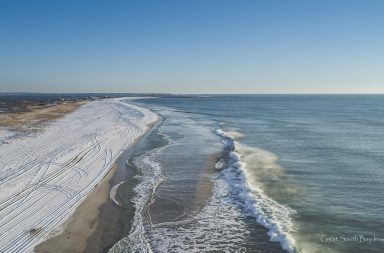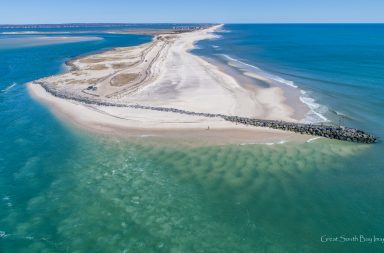Emerald Waters By Carl LoBue
As the Sr. Marine Scientist for The Nature Conservancy on Long Island, Carl LoBue was struggling with how to effectively communicate alarming scientific findings concerning the health of Long Island’s waters to Long Island’s residents and public servants. So in 2015 he partnered with Patchogue based Red Vault Productions and together they enlisted a dozen Long Islanders to tell their own stories on film. The results are a visually stunning series of 4 minute personal narratives that provide motivation to protect and restore astounding places that are uniquely Long Island.
My wife and I have a silly and happy Chesapeake Bay Retriever that makes us laugh every day. If you know these dogs, most like swimming better than just about anything else. If you are near water, good luck keeping them dry. But, for wildlife, people, and wet dogs, blue-green algae can be very bad news. Sadly, when it comes to this toxic algae, Suffolk is now New York’s most impacted County, with more lakes and ponds being closed to recreation due to blue-green algae in the summers of 2015 and 2016 than anywhere else in the State.
The main drivers that fuel these algae blooms and drive their toxicity are how much nitrogen and phosphorous flow into to the water body and the rate at which it is diluted. This means that even ponds near Long Island’s most sought-after real estate are not immune.
Georgica Pond, in the Town of East Hampton, sits between the Atlantic Ocean and Montauk Highway. Dog-owners, crabbers, kayakers, and families with children used to flock to it all summer long, but the last two summers its waters and shores have been deserted due to dangerous levels of blue green algae, high enough to kill dogs.
Many of the people who live along the shore of the pond are now taking action to save their pond. They have commissioned research. They are starting to install new nitrogen-reducing septic systems and cutting back on fertilizer use. They are working with town trustees on inlet management. And this year they even tested mechanically removing macro-algae before it has a chance to decompose and release nutrients back into the water.
Some of the stately homes on Georgica Pond date back over a century, passed down through succeeding generations. Their owners believed living on Georgica Pond was a privilege. Now, water views come with noxious smells of decaying algae on summer weekends. These homeowners have a strong incentive to change the pond’s conditions, and they have the means to take action without waiting for public funding. If the homeowners’ actions succeed in curbing algae blooms, they will inform and inspire action all across the island so that fish, dogs and humans can all safely swim in our waters.
Cover photo courtesy of Friends of Georgica Pond



